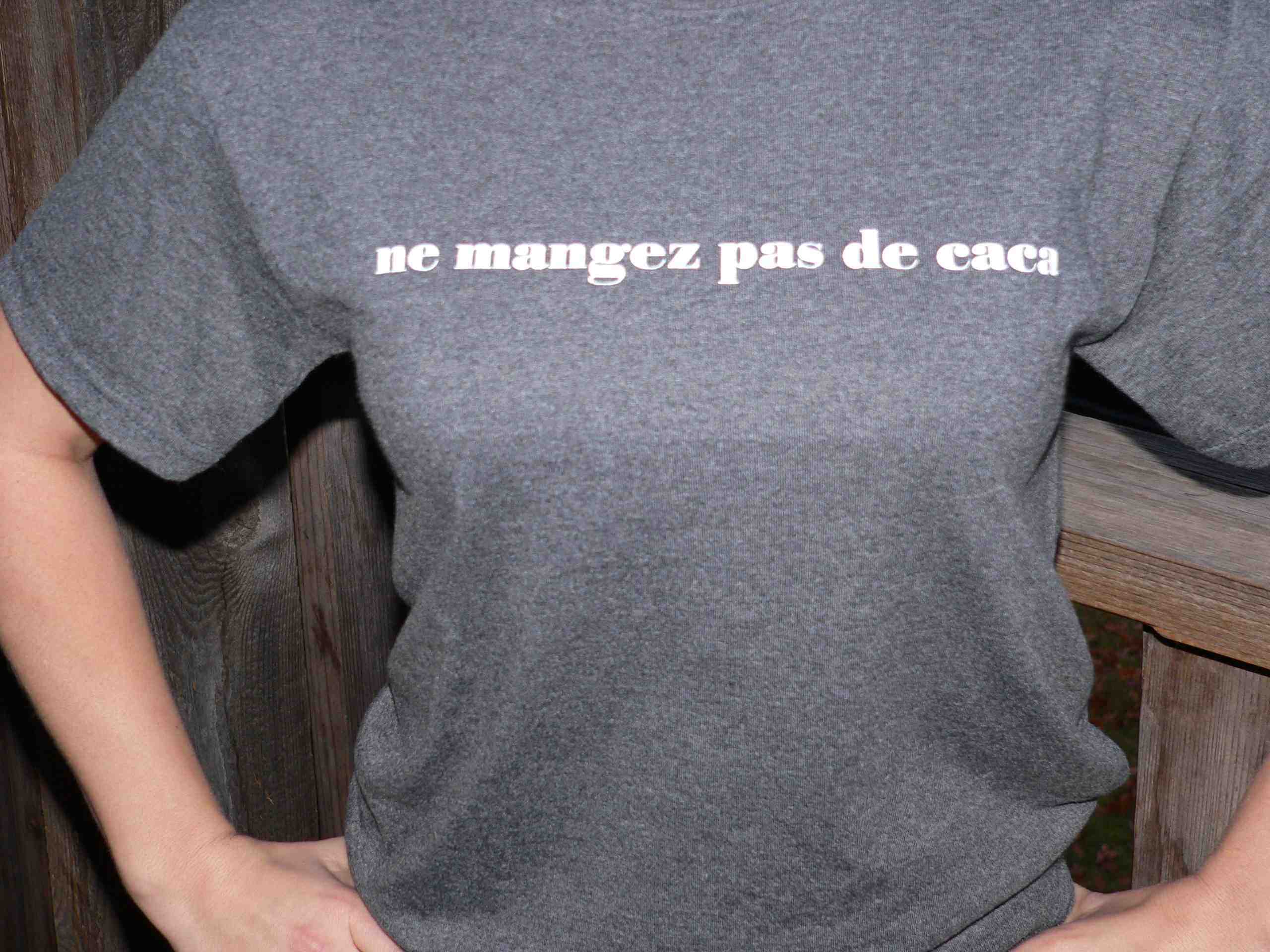Traducido por Gonzalo Erdozain
Resumen del folleto informativo mas reciente:
– El crucero Grand Princess, de la empresa Princess Cruises, ha sido vinculado a  un segundo brote consecutivo de Norovirus, en el cual 57 de los 2,468 pasajeros a bordo contrajeron dicho virus.
un segundo brote consecutivo de Norovirus, en el cual 57 de los 2,468 pasajeros a bordo contrajeron dicho virus.
– Para controlar la propagación del Norovirus, use las herramientas adecuadas para limpiar el vomito. Por ejemplo, guantes desechables de látex, una mascara con filtro y un sobretodo.
– Muchos de los desinfectantes de manos (gels) tienen un efecto limitado en la reducción del Norovirus.
– El patógeno puede esparcirse como aerosol y ser transmitidos a zonas mas allá del área afectada visiblemente por el vomito.
Los folletos informativos son creados semanalmente y puestos en restaurantes, tiendas y granjas, y son usados para entrenar y educar a través del mundo. Si usted quiere proponer un tema o mandar fotos para los folletos, contacte a Ben Chapman a benjamin_chapman@ncsu.edu.
Puede seguir las historias de los folletos informativos y barfblog en twitter
@benjaminchapman y @barfblog.


 – La Shigella estará presente en la materia fecal del individuo infectado por hasta dos semanas luego de haberse recuperado de los síntomas. El lavado de manos es un factor importante para controlar el riesgo de contagio.
– La Shigella estará presente en la materia fecal del individuo infectado por hasta dos semanas luego de haberse recuperado de los síntomas. El lavado de manos es un factor importante para controlar el riesgo de contagio. Resumen del folleto informativo mas reciente:
Resumen del folleto informativo mas reciente:.jpg) Translation sounds easy.
Translation sounds easy. That’s why we have
That’s why we have 

 Thanks to Mayra Rivarola, food safety infosheets will now be translated into Spanish as they appear, and are available at
Thanks to Mayra Rivarola, food safety infosheets will now be translated into Spanish as they appear, and are available at .jpg)
.jpg) Georgetown officials were also cited as saying today that:
Georgetown officials were also cited as saying today that:
 Fruit cocktail facial
Fruit cocktail facial "If you’re looking at an AHA, like lactic acid, what is the difference if you’re making that in the lab or if you extract it from sour milk? What defines a substance is its molecular structure, not its ancestry. One of the biggest myths out there is that somehow natural substances are better than synthetic. Nature isn’t benign."
"If you’re looking at an AHA, like lactic acid, what is the difference if you’re making that in the lab or if you extract it from sour milk? What defines a substance is its molecular structure, not its ancestry. One of the biggest myths out there is that somehow natural substances are better than synthetic. Nature isn’t benign." Hoja Informativa de la Red de Seguridad Alimenticia: Lávese las manos y prevenga el Norovirus
Hoja Informativa de la Red de Seguridad Alimenticia: Lávese las manos y prevenga el Norovirus